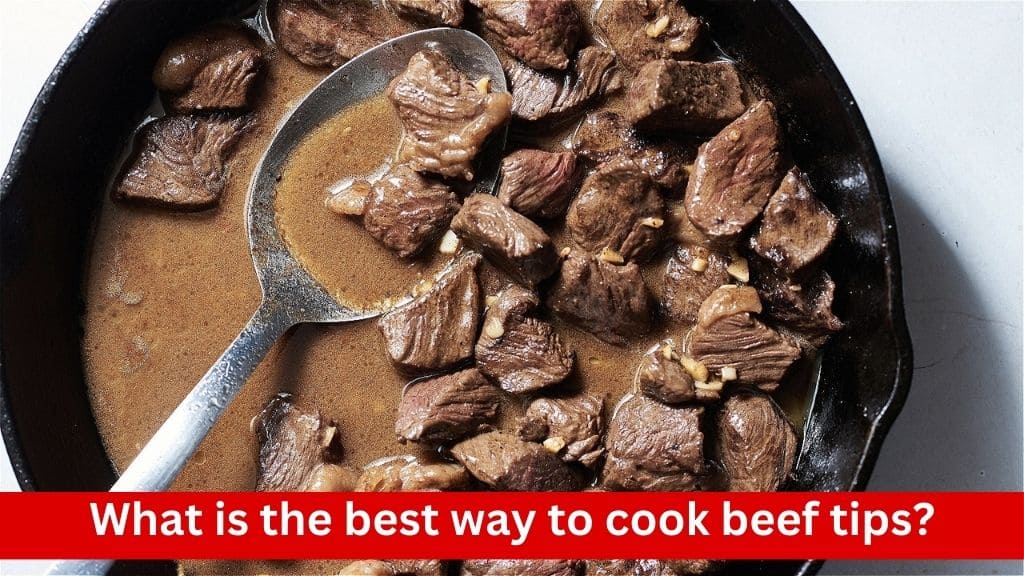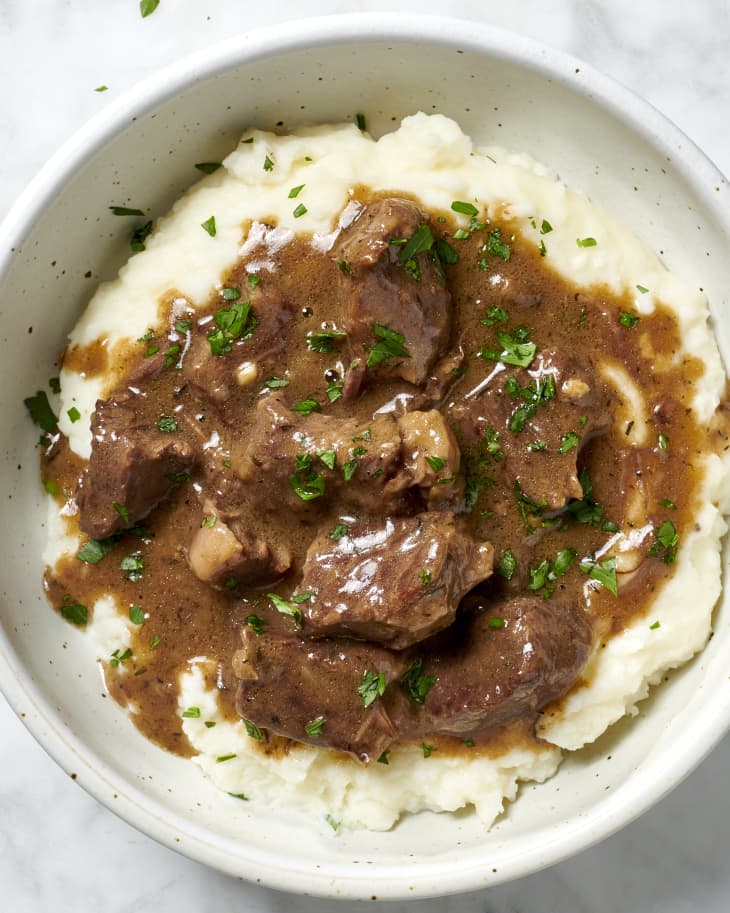When it comes to cooking beef tips, there are various methods and techniques to explore. Whether you prefer tender, stove-top cooked beef tips or the slow-cooked tenderness of crock pot preparation, each approach offers a unique flavor profile and texture. In this comprehensive guide, we’ll delve into the nuances of cooking beef tips to help you discover the best method suited to your taste preferences.
What are Beef Tips?
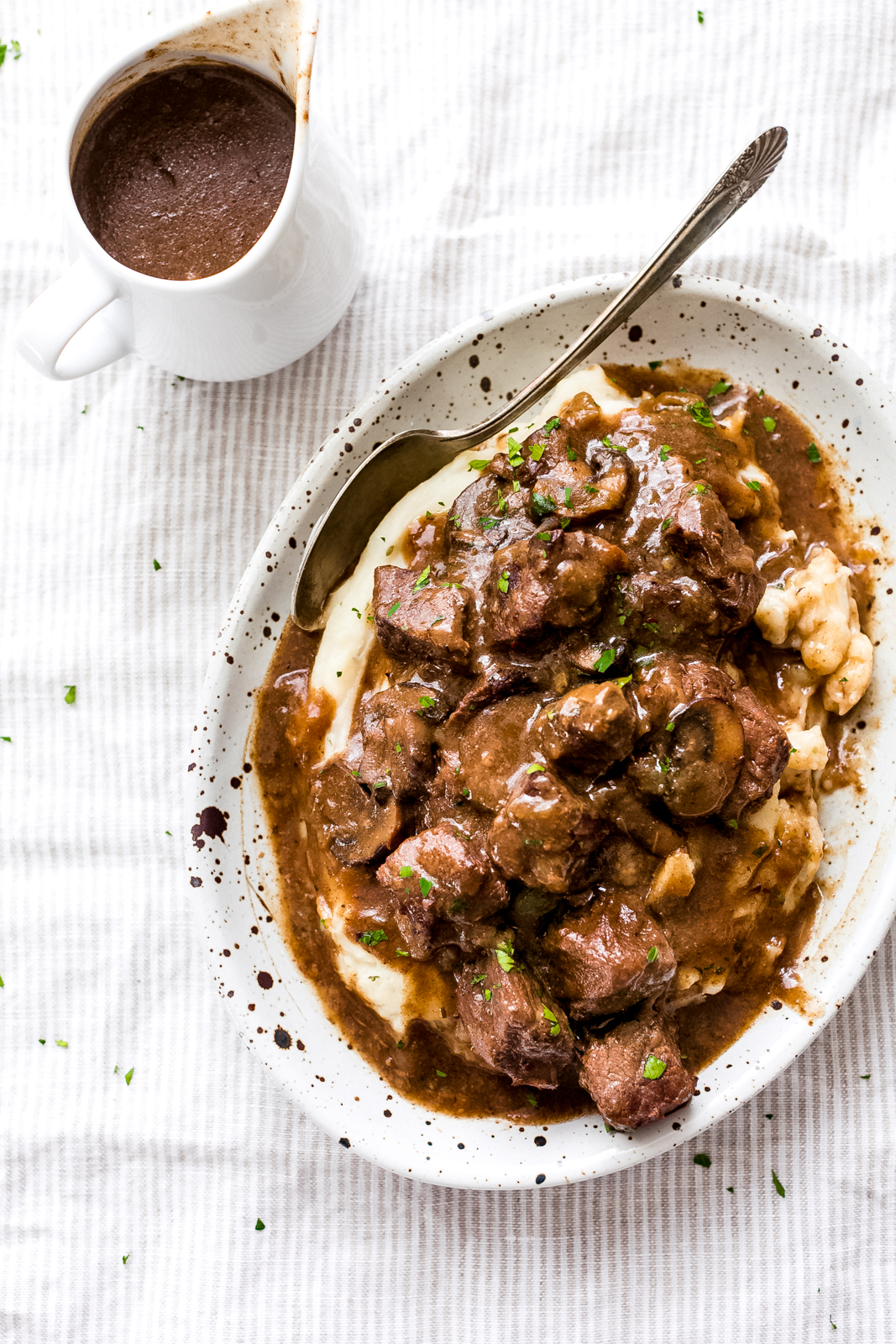
Because they come from less tender portions of the animal, beef tips may have slightly more connective tissue or marbling compared to premium cuts like filet mignon or ribeye. However, this doesn’t detract from their delicious flavor and versatility in cooking.
Beef tips are prized for their rich beefy flavor and ability to absorb the flavors of marinades, seasonings, and sauces. They can be used in a wide range of dishes, from hearty stews and casseroles to quick stir-fries and skillet meals.
Tender vs. Tough Cuts
Tender Cuts:
Tender cuts of beef come from muscles that are not heavily exercised during the animal’s lifetime. These cuts tend to have less connective tissue and fat, resulting in a more tender texture. Examples of tender cuts include sirloin, tenderloin, ribeye, and flank steak. These cuts are typically quick-cooking and are well-suited for methods such as grilling, broiling, or pan-searing. They offer a melt-in-your-mouth experience and are often more expensive due to their tenderness and flavor.
Tough Cuts:
Tough cuts of beef come from muscles that are heavily exercised by the animal. These cuts contain more connective tissue, collagen, and fat, which can make them tougher to chew if not cooked properly. Examples of tough cuts include chuck roast, rump roast, brisket, and round steak. However, when cooked using slow, moist heat methods such as braising, stewing, or slow-roasting, the collagen in these cuts breaks down, resulting in tender, flavorful meat. These cuts are often more affordable and are prized for their rich, beefy flavor and versatility in hearty dishes like pot roast or beef stew.
Choosing the Right Cooking Method
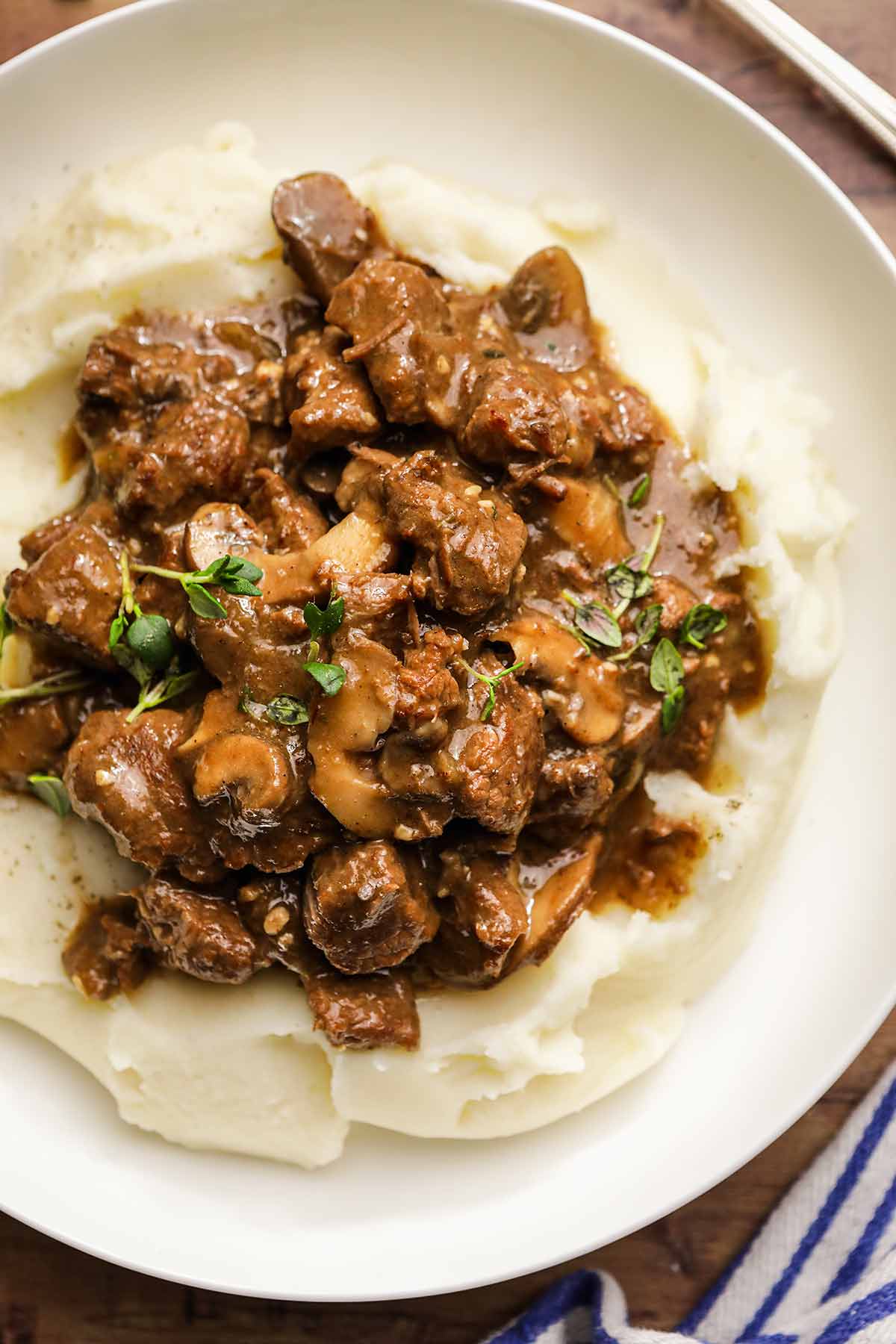
Stove-Top Cooking:
Stove-top cooking involves cooking beef tips in a skillet or pan over direct heat. This method offers several advantages, including:
- Quick Preparation: Stove-top cooking allows for rapid preparation, making it ideal for busy weeknights or when you’re short on time.
- Controlled Cooking: With stove-top cooking, you have precise control over the temperature and cooking process, allowing you to monitor the beef tips closely and adjust as needed.
- Caramelization: Searing the beef tips in a hot skillet creates a flavorful crust, known as the Maillard reaction, which adds depth and complexity to the dish.
- Versatility: Stove-top cooking allows for a wide range of flavor variations, from simple stir-fries to rich pan sauces.
Stove-top cooking is best suited for tender cuts of beef tips, such as sirloin or tenderloin, which cook quickly and benefit from high-heat methods. This method is ideal for dishes like beef stir-fry, beef tips with gravy, or beef tips sautéed with vegetables.
Crock Pot Cooking:
Crock pot cooking, also known as slow cooking, involves cooking beef tips in a slow cooker over low heat for an extended period. This method offers several advantages, including:
- Tenderization: Slow cooking allows collagen-rich, tougher cuts of beef tips to break down gradually, resulting in tender, melt-in-your-mouth meat.
- Convenience: Crock pot cooking requires minimal hands-on effort, making it perfect for busy days or when you want to prepare a meal in advance.
- Flavor Infusion: Cooking beef tips slowly in a flavorful liquid allows the meat to absorb the rich, aromatic flavors of herbs, spices, and vegetables.
- Versatility: Crock pot cooking accommodates a wide range of ingredients and flavor combinations, making it easy to customize dishes to suit your preferences.
Crock pot cooking is best suited for tougher cuts of beef tips, such as chuck roast or brisket, which benefit from long, slow cooking to achieve optimal tenderness. This method is ideal for dishes like beef stew, pot roast, or barbecue beef tips.
Enhancing Flavor and Texture

Flavor Enhancements:
- Seasoning: Seasoning is key to infusing your beef tips with flavor. Experiment with a variety of herbs, spices, and seasoning blends to create a unique flavor profile. Common seasonings for beef tips include garlic powder, onion powder, paprika, thyme, rosemary, and black pepper.
- Marinades: Marinating beef tips before cooking can help tenderize the meat and infuse it with additional flavor. Create a marinade using ingredients like soy sauce, Worcestershire sauce, balsamic vinegar, olive oil, and herbs and spices. Allow the beef tips to marinate for at least a few hours or overnight for maximum flavor penetration.
- Deglazing: Deglazing the pan with wine, broth, or another liquid after searing the beef tips helps to incorporate flavorful browned bits into the sauce. This process adds depth and complexity to the dish.
- Umami Boosters: Ingredients like Worcestershire sauce, soy sauce, fish sauce, and beef bouillon are rich in umami, the savory fifth taste. Adding these ingredients to your beef tips enhances their overall flavor and makes them more satisfying to eat.
Texture Enhancements:
- Thickening Agents: To achieve a rich and velvety texture in sauces and gravies, use thickening agents such as cornstarch or flour. Mix these ingredients with cold water before adding them to the cooking liquid, then simmer until the sauce reaches the desired consistency.
- Low and Slow Cooking: Tougher cuts of beef tips benefit from low and slow cooking methods, such as braising, stewing, or slow-roasting. These methods break down collagen and connective tissue in the meat, resulting in tender, succulent beef tips.
- Braising: Braising involves cooking beef tips slowly in a flavorful liquid, such as broth, wine, or tomatoes, until they are tender and infused with flavor. This method creates a rich and hearty dish with melt-in-your-mouth meat.
- Searing: Searing beef tips in a hot skillet before cooking caramelizes the surface of the meat, creating a flavorful crust and locking in moisture. This step enhances the overall texture of the beef tips and adds depth of flavor to the dish.
Serving Suggestions
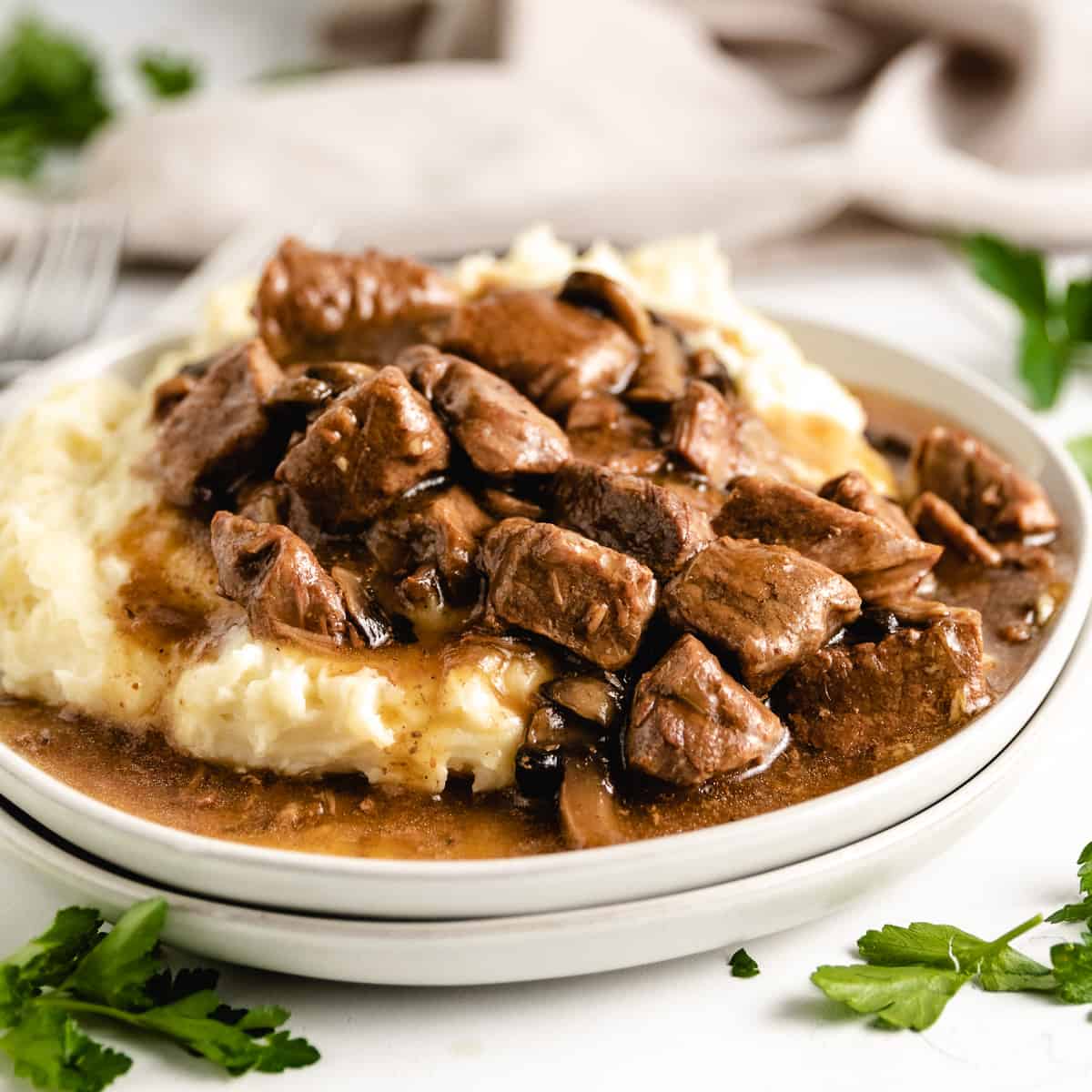
- Side Dishes: Pair your beef tips with a variety of side dishes to create a well-rounded meal. Classic options include:
- Mashed Potatoes: Creamy mashed potatoes are a comforting and satisfying accompaniment to beef tips. The creamy texture of the potatoes contrasts nicely with the tender meat and rich gravy.
- Roasted Vegetables: Roasted carrots, Brussels sprouts, or green beans add color, flavor, and nutrition to your plate. The caramelization that occurs during roasting enhances the natural sweetness of the vegetables, making them a flavorful complement to the savory beef.
- Steamed Rice or Quinoa: Serve your beef tips over steamed rice or quinoa for a hearty and nutritious meal. The fluffy texture of the grains provides a neutral base that allows the flavors of the beef to shine.
- Buttered Noodles: Egg noodles or pasta tossed with butter and herbs make a simple yet delicious side dish for beef tips. The buttery noodles provide a satisfying contrast to the savory beef and gravy.
- Bread: Crusty bread or dinner rolls are perfect for sopping up the flavorful gravy from your beef tips. Warm the bread slightly before serving to enhance its aroma and texture.
- Garnishes: Add visual appeal and a burst of freshness to your beef tips by garnishing them with:
- Fresh Herbs: Sprinkle chopped parsley, chives, or thyme over the beef tips just before serving for a pop of color and flavor.
- Citrus Zest: Grate lemon or orange zest over the beef tips to add a bright, citrusy note that cuts through the richness of the dish.
- Cracked Black Pepper: A sprinkle of freshly cracked black pepper adds a hint of spice and complexity to the dish.
- Serving Vessels: Consider the presentation of your beef tips and choose serving vessels that enhance the dining experience. Serve individual portions in shallow bowls or on plates for an elegant presentation, or opt for family-style serving dishes that encourage sharing and camaraderie.
- Accompaniments: Round out your meal with additional accompaniments that complement the flavors of the beef tips. Consider serving a crisp green salad tossed with a tangy vinaigrette or a refreshing fruit salad for a refreshing contrast to the rich and savory beef.
Conclusion
Cooking beef tips is a delightful culinary journey that offers endless possibilities for experimentation and creativity. Whether you prefer the quick and convenient stove-top method or the slow-cooked tenderness of the crock pot, mastering the art of cooking beef tips will elevate your home cooking to new heights. With the right techniques and flavor enhancements, you can create mouthwatering beef dishes that are sure to impress family and friends alike. So, roll up your sleeves, sharpen your knives, and get ready to savor the rich and savory flavors of perfectly cooked beef tips!

